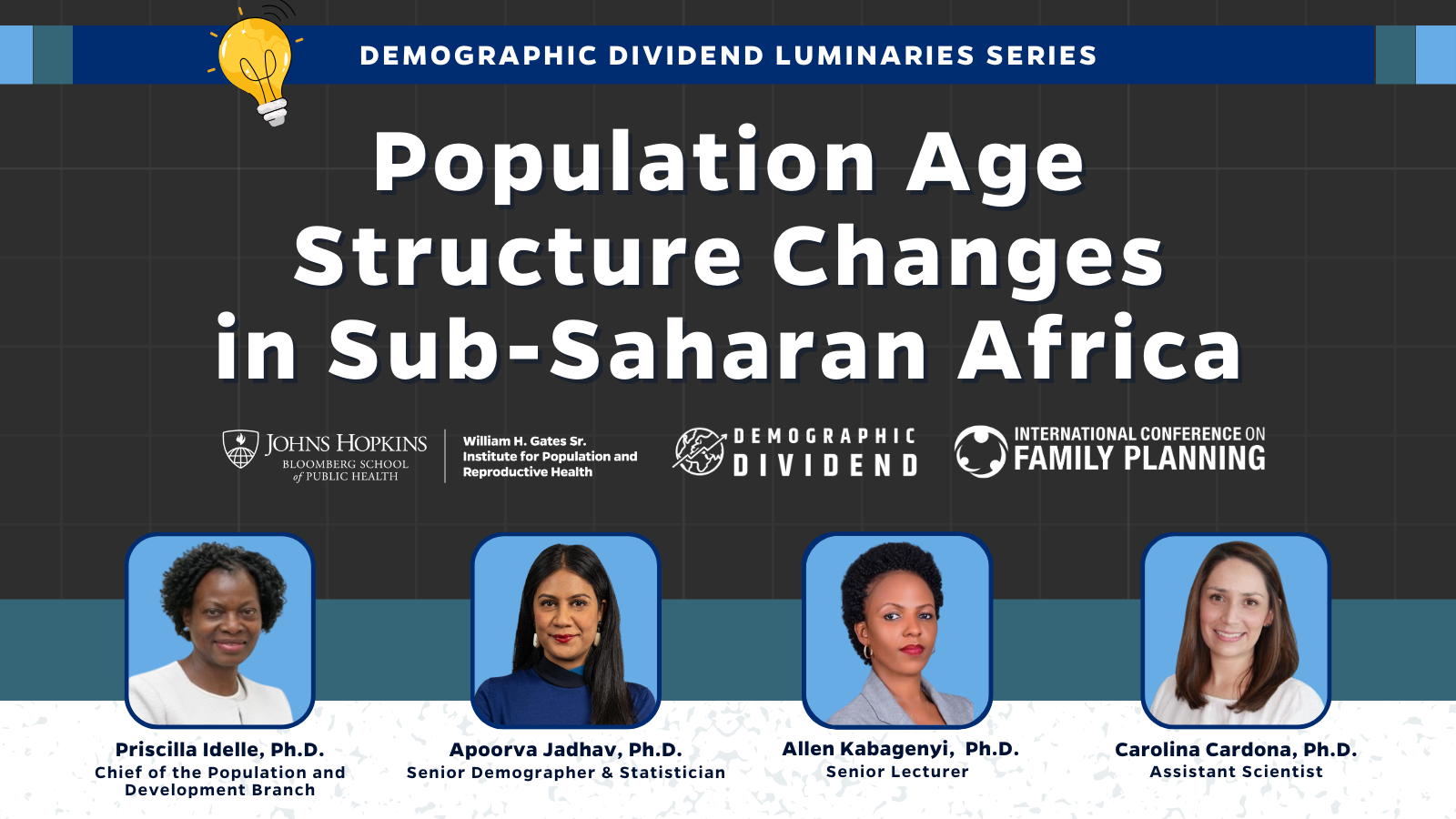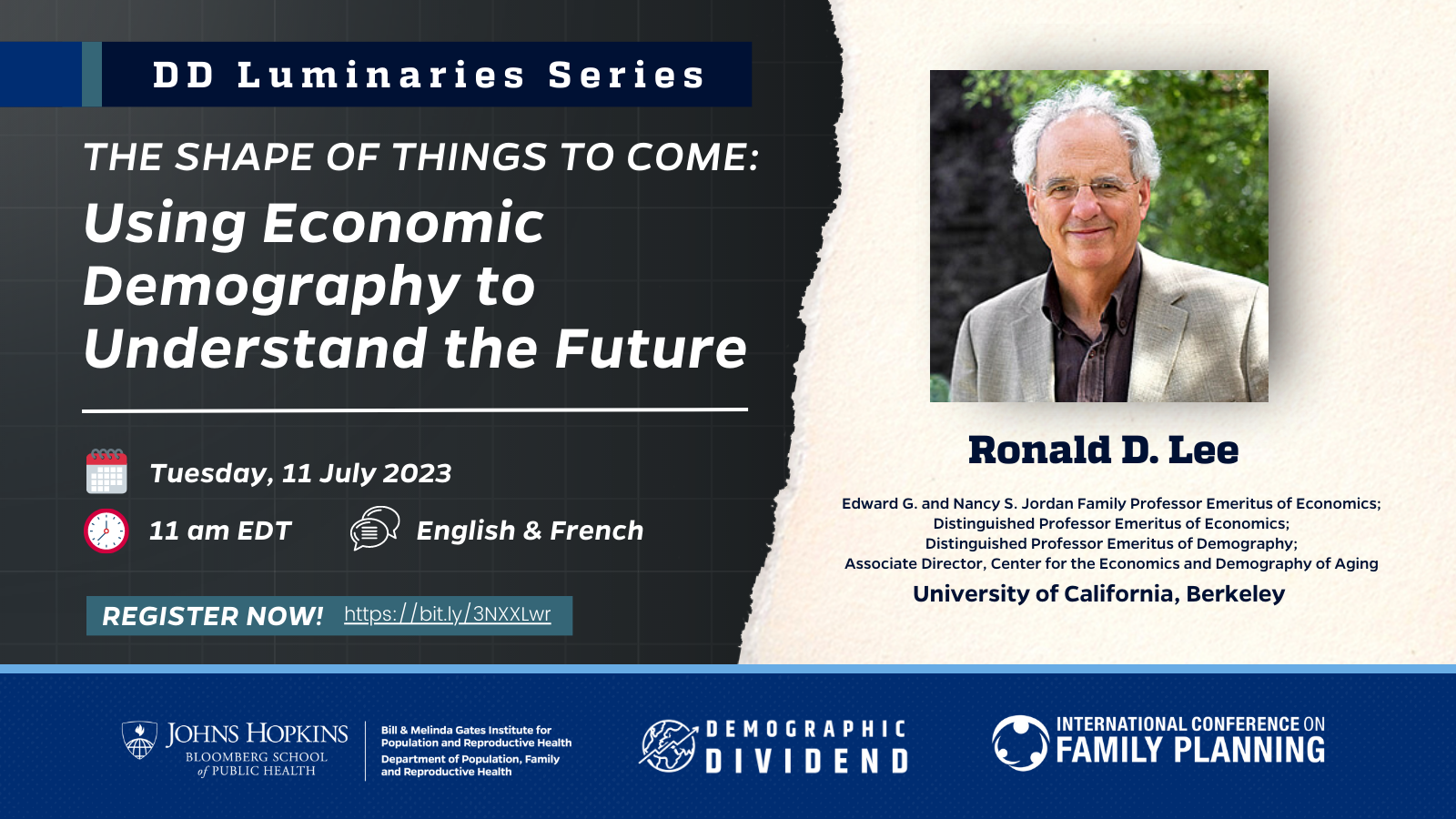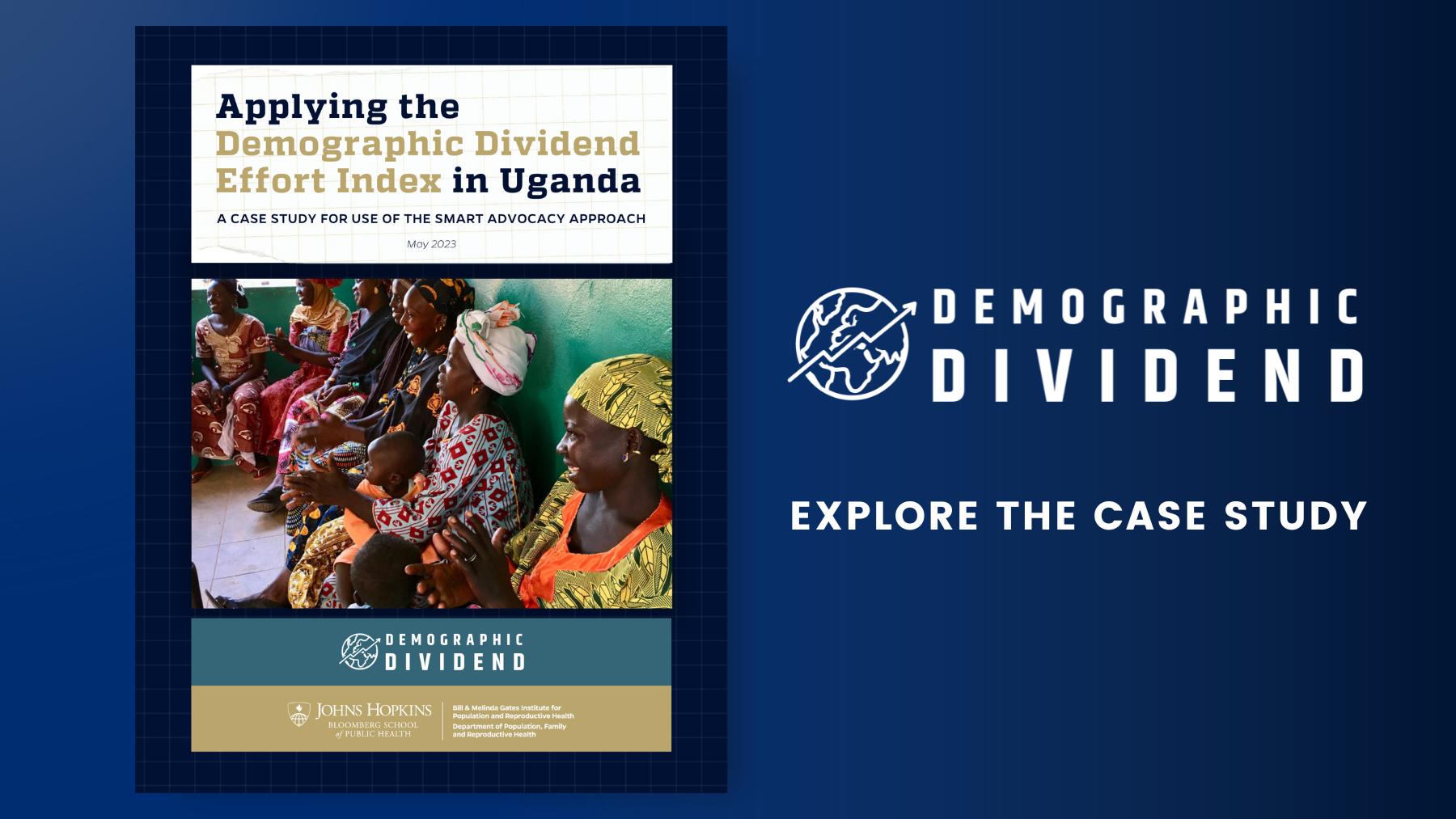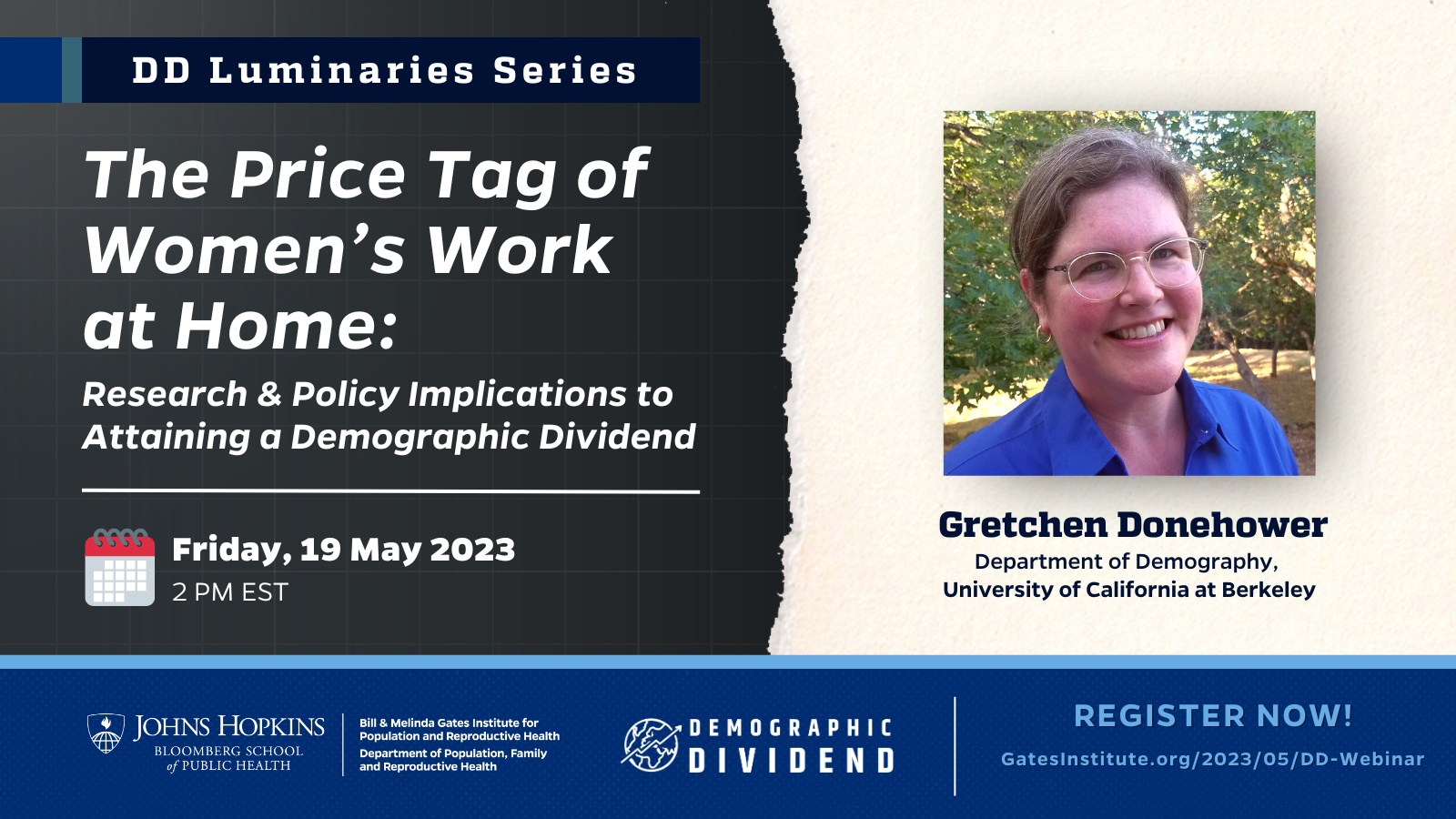Demographic Dividend Quarterly Newsletter
This month, we feature a working paper from the World Bank titled, “Harnessing a Young Nation’s Demographic Dividends through a Universal NDC Pension Scheme: A Case Study of Tanzania,” authored by Bo Larsson, Vincent Leyaro, and Edward Palmer.
In the paper, the authors explore the possibilities of harnessing demographic dividends in Tanzania by introducing a Swedish-style nonfinancial defined contribution (NDC) scheme. The universal public pension scheme is proposed to collect individuals’ contributions into a NDC savings account, which will then be transformed into investments in human and physical capital, and will later yield returns that finance account contributors’ old-age consumption.
Using simulation, the authors argued that it is feasible to introduce the NDC scheme to Tanzania’s economy and have it evolve into universal coverage. However, the current working-age populations will only be gradually relieved as they continue to contribute to the NDC accounts while still caring for their parents.
Full Summary:
The authors explored the possibilities of harnessing demographic dividends in Tanzania by introducing a Swedish-style nonfinancial defined contribution (NDC) lifecycle saving scheme which introduces an annuity at retirement for formal workers.
The proposed NDC public pension scheme covers the formal labor force and can be seen as the bottom pillar in the country’s overall pension system which includes the private occupational schemes.
The scheme is proposed to collect individuals’ contributions into a NDC savings account, which will then be transformed to investments in human and physical capital, and consequently fuel economic growth and yield returns that finance account contributors’ old-age consumption.
Tanzania’s economy is characterized by a very vibrant informal sector, as two thirds of the urban working-age population are informal workers. Although the poverty rate has fallen during the last few decades, the absolute number in poverty has risen and income inequality remains high. The characteristics of Tanzania’s emerging economy calls for a fundamental structural change, which is typically not attractive for institutional investors such as private pension funds, but may interest the public, promote formal labor force participation, and reduce the need for negative coping strategies that hinder economic growth.
The rationale of the NDC design is to harvest the demographic dividend and use it in “low-profile” investments in infrastructure (e.g., livestock, machinery, solar power, clean water) and human capital (e.g., education, skills development, health care), mobilizing Tanzania’s economy on both micro and macro levels.
Using Tanzanian labor market data from the 2014 Integrated Labour Force Survey (ILFS) and the UN’s World Population Prospects 2017, the authors calculated Tanzania’s expected surplus in the NDC fund if the growth of its formal labor force follows the UN projection of working-age and old-age populations.
The pension simulations were performed for current pension scheme contributors only, all paid employees, and all individuals with a reported income of any scale.
The simulations start the NDC scheme in 2015 and assume the present rate of formal labor force participation.
The results suggest that a large pension contribution surplus may prevail far into the next century. Furthermore, the authors explored how a lower contribution rate (5% as opposed to 20%) affects the surplus, with the retirement age set at age 60 and 65. The results indicate that a low contribution rate greatly reduces the surplus while increasing the retirement age to 65 only leads to a small increase in the surplus.
In summary, the NDC public pension can be introduced to an emerging economy like Tanzania’s, and it is feasible it evolve it into universal coverage. No previous pension scheme needs to be replaced. However, the current working-age populations will only be gradually relieved as they contribute to the NDC accounts while still caring for their parents.
References:
Larsson, Bo, Vincent Leyaro, and Edward Palmer, 2020. “Harnessing A Young Nation’s Demographic Dividends through a Nonfinancial Defined Contribution Pension Scheme: A Case Study of Tanzania.” In Holzmann, Robert, Edward Palmer, Robert Palacios, and Stefano Sacchi, Progress and Challenges of Nonfinancial Defined Contribution Schemes, Volume 2: Addressing Gender, Administration, and Communication, Washington, D:C:World Bank. doi:10.1596/978-1-4648-1455-6. License: Creative Commons Attribution CC BY 3.0 IGO.
Summaries prepared by Mingxin Chen, PhD Student in the Department of Population, Family and Reproductive Health at Johns Hopkins University






